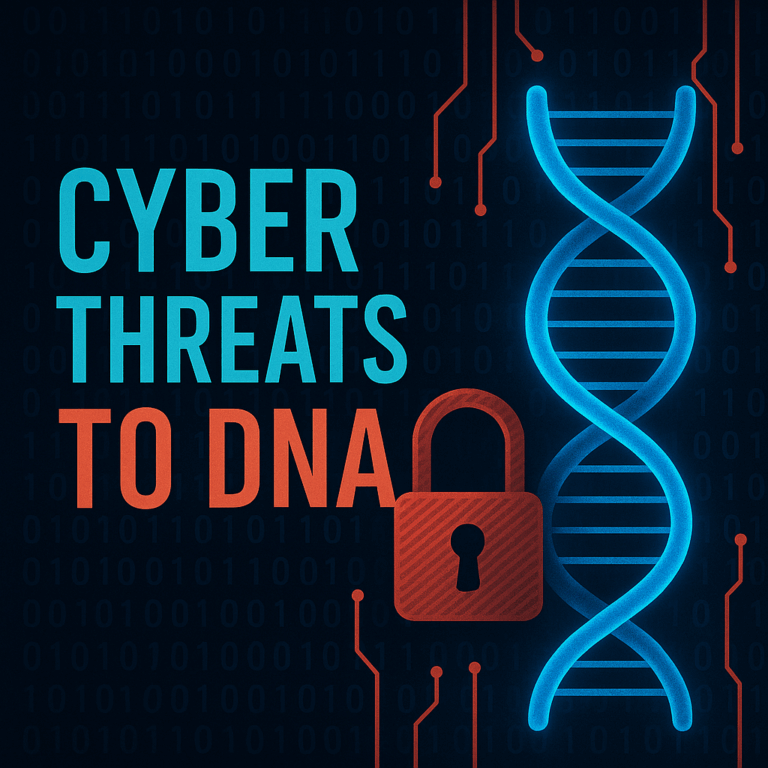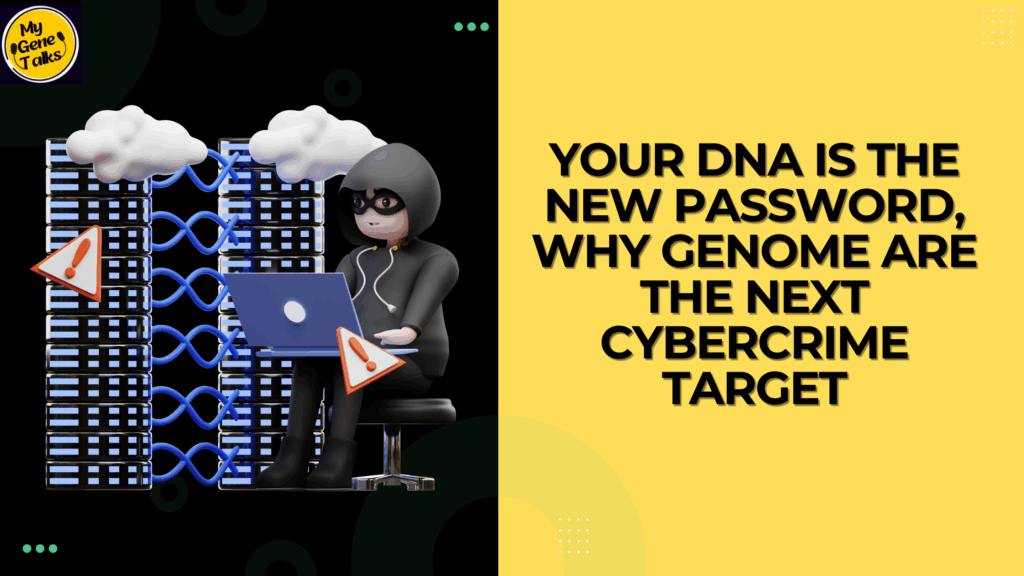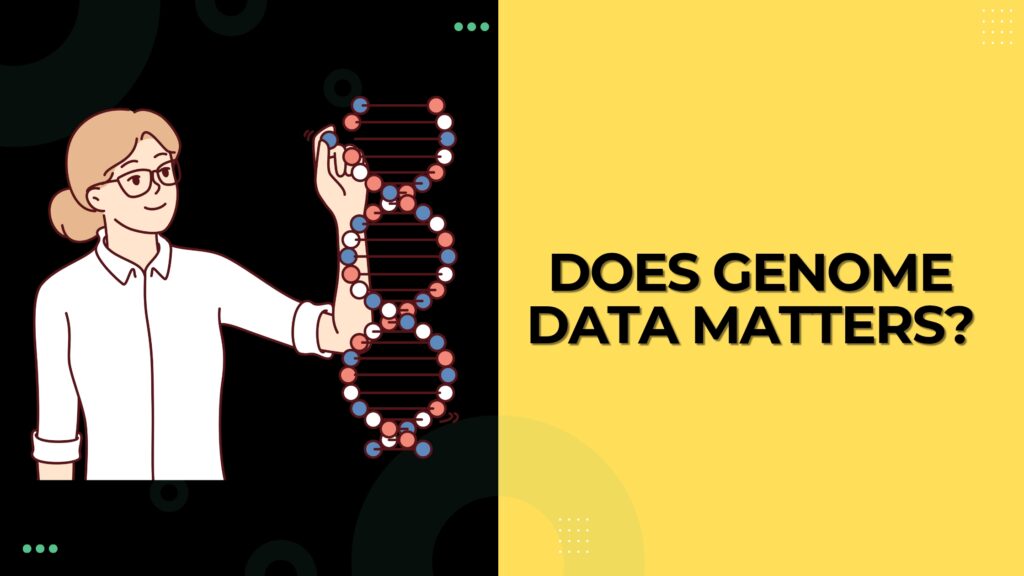The Digital Evolution of DNA Sequencing
In recent years, DNA sequencing has revolutionized everything from healthcare and ancestry testing to forensic science. But as this technology grows in scale and accessibility, so too do the risks. A new study published in Nature Reviews Genetics by Dr. Jamie Gorman and his team at the University of Portsmouth shed light on a rising threat, our DNA, the most personal and immutable part of our identity, may soon become a prime target for cybercriminals.

The specific review focuses on cyber-biosecurity threats across the entire genome sequencing pipeline. It depicts an intimidating picture of how modern genomics, while transformative, opens up new and alarming vulnerabilities. As sequencing shifts from physical laboratories to cloud based platforms and digital analysis, the genome is no longer just a biological entity. it’s a digital asset, vulnerable to manipulation, theft, and exploitation.
Cyber-biosecurity is an emerging interdisciplinary field that addresses security threats at the intersection of biological science and information technology. In the context of DNA sequencing, it covers every stage:
1. Sample Collection
2. DNA Extraction & Sequencing
3. Bioinformatics Analysis (often cloud-based)
4. Data Storage & Sharing
Each step introduces potential access points for hackers. According to the study, hackers could steal raw or processed genomic data, alter sequencing results, impact diagnoses and treatments and inject malware into sequencing machines via synthetic DNA strands. This could enable identity tracing, blackmail, or large-scale genetic surveillance.
Real-World Threats Emerging from Genomics Data Breaches
The implications of a breach are far more severe than conventional data theft,which we have seen so far. Unlike passwords or credit card numbers, DNA is permanent and unchangeable. It not only reveals information about the individual but also contains deeply personal insights about family members, disease risk, behavioral traits, and biological ancestry. This makes it particularly dangerous if misused by insurers, employers, or government agencies.
The researchers argue that current practices in the genomics and biotechnology sectors are not keeping pace with the scale of the threat. They call for urgent reforms to cybersecurity protocols in laboratories, sequencing facilities, and genomic data storage centers. Encryption, multi-layered authentication, and regulated access must become standard, not optional. There is also a strong recommendation for collaboration between geneticists, bioinformaticians, cybersecurity experts, and policymakers to create resilient frameworks that protect both data and individuals.
A Call for Global Cyber-Biosecurity Policy and Public Awareness
Finally public awareness should grow in parallel with these technical safeguards. People engaging with commercial DNA testing kits, ancestry platforms, or health genomics should understand what happens to their data after submission. Questions about ownership, data protection policies, and third-party sharing are not just legal fine print, they are crucial concerns in a landscape where data privacy and bioethics converge.
This review is a wake up call for the entire scientific and medical community to be vigilant over this global threat . As we continue to explore and decode the genome, we must do so with a clear understanding that every breakthrough in biotechnology must be matched with an equal commitment to biosecurity. The next frontier of cybercrime may not be your bank account or your email. It may be your genome.
DNA is no longer just the blueprint of life. In the digital age, it is a high-value target, a unique identifier, and potentially, a weapon. Protecting it must become a global priority.



